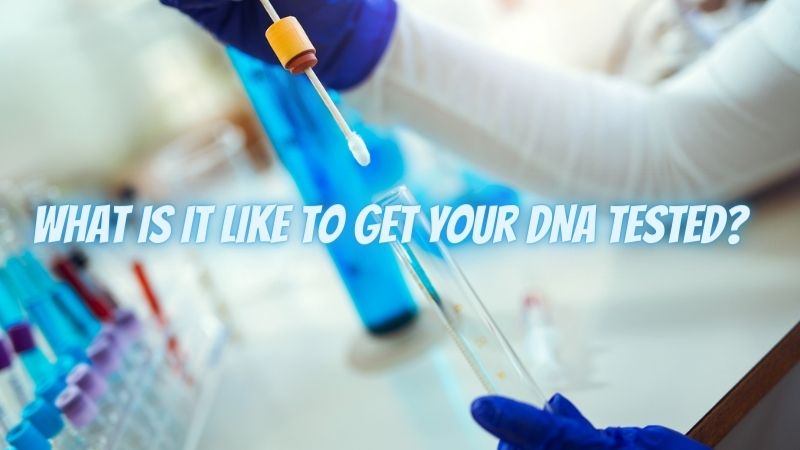“Who’s my biological father” or “Who’s the father of my child?” these are the questions which frequently arise, not just in plots for novels and movies, but in a court of law or just for peace of mind. Paternity tests provide answers to those questions with scientific proof.
With existing technology, DNA paternity results have an accuracy of more than 99.99%. Furthermore, test results often are available in less than one week. However, how exactly do they work and where is it possible to get one?
DNA testing near me
Different tests vary in prices and have different accuracy rates. Amazon sells paternity kits, take-home paternity kits for the child and parent. Kits also are available at most drugstores. The kits, on average, sell for around $15 and usually have an extra charge of about $139 for laboratory services, see locations to buy it. Test results are usually returned within two business days, with same-day and one-day available options for an extra charge.
Paternity testing methods
DNA paternity tests involve DNA sample collection from a child and the possible father. The sample might be collected using several methods. The most popular methods include obtaining a swab from the inside of the cheek or getting a blood sample. The DNA gets fragmented using one of several approaches and these fragments are run on a gel separating them by size, which creates a unique banding pattern.
There are a couple of methods for producing DNA fragments. The first includes RFLP (restriction fragment length polymorphism) that uses a DNA sequence variation that is recognized by restriction enzymes to slash DNA in fragments. The second includes PCR (polymerase chain reaction) which takes advantage of rapid DNA amplification, either at STR (short tandem repeats) or unique sequences.
Restriction Fragment Length Polymorphism
RFLP is a technique taking advantage of unique patterns of DNA in certain areas across a person’s genome. At these unique sites, a massive family of proteins called “restriction enzymes” may cut and identify DNA. In turn, pieces of various sizes are generated depending upon an individual’s DNA profile.
In looking for likewise patterns in the digested pieces between the potential father and the individual, paternity is concluded. Every restriction enzyme has a unique sequence that it recognizes, so small DNA differences result in cutting at various sites. In comparing the pattern of the DNA pieces cut by the restriction enzyme, paternity is confirmed. Even though this method has been utilized for forensics and paternity testing, it may be a slow process.
Polymerase Chain Reaction
PCR is a technique in which pieces of a person’s DNA are copied billions of times in a “chain reaction”. It enables massive quantities of DNA to be developed from only a trace amount of template DNA. Then, those fragments are labeled using fluorescent tags that permit visualization of the pieces on a gel. If approximately 50% of the pieces analyzed match the potential father and the child, paternity is concluded with an accuracy of 99.99 percent.
In the U.S., paternity tests are completely legal and don’t require the mother’s consent. There are variations from one state to another in the legal implications of testing, especially for child custody or support. For instance, New York has various test guidelines than other states. New York requires authorization from an attorney or physician for a test. As a consequence, testing at home also isn’t allowed for residents of New York.




